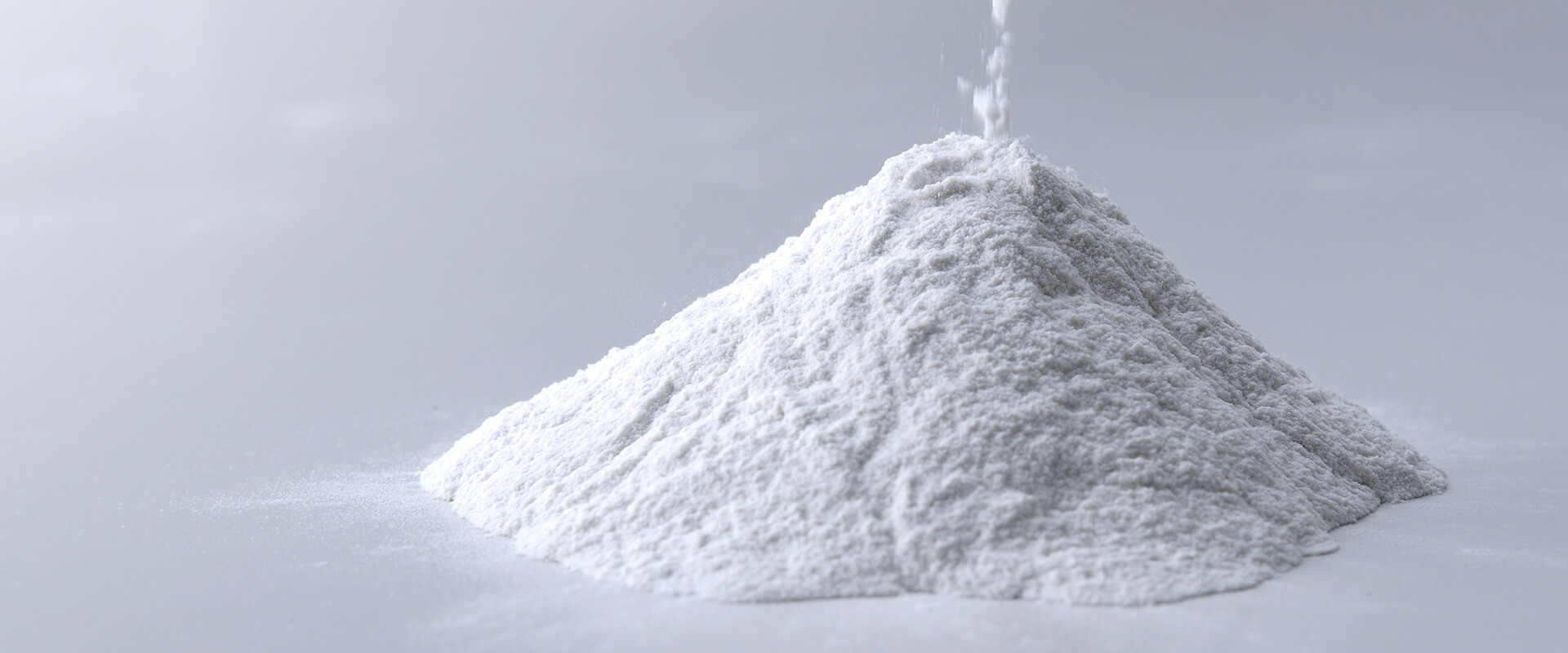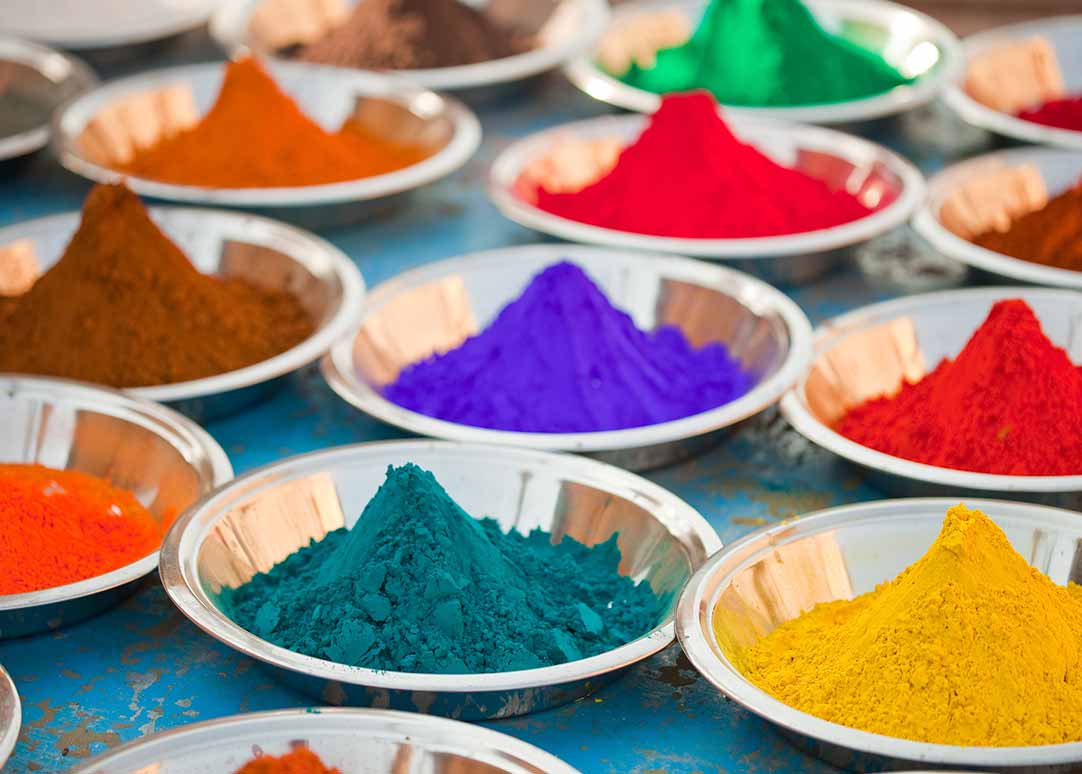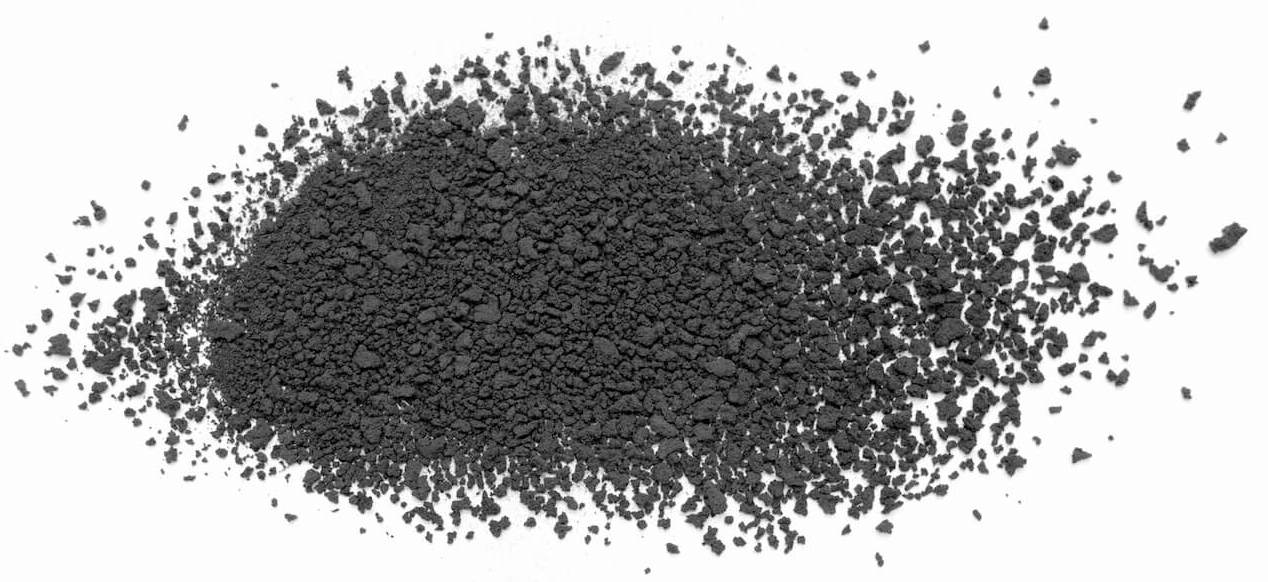6 common ultrafine grinding process flows, which one is suitable for your powder?
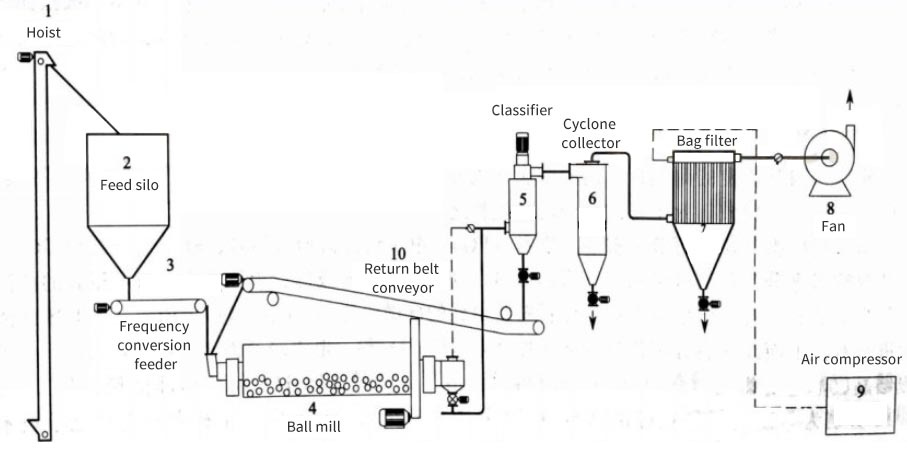
Impact ultrafine grinding process generally refers to the grinding and grading process for preparing powders with a particle size distribution of d97≤10μm, which is divided into dry method and wet method. At present, the ultrafine grinding unit operation (i.e. one-stage ultrafine grinding) used in industry has the following process flows:
1. Open circuit process
Generally, flat or disc-type, circulating tube-type and other air flow mills often use this open circuit process flow because they have the function of self-grading. In addition, intermittent ultrafine grinding also often uses this process flow.
The advantage of this process flow is that the process is simple, but for ultrafine grinders that do not have the function of self-grading, since there is no classifier in this process flow, qualified ultrafine powder products cannot be separated in time. Therefore, the particle size distribution range of general products is relatively wide.
2. Closed circuit process
Its characteristic is that the classifier and ultrafine grinder form an ultrafine grinding-fine grading closed circuit system. This process flow is often used for continuous grinding operations of general ball mills, stirred mills, high-speed mechanical impact mills, vibration mills, etc.
Its advantage is that it can timely separate qualified ultrafine powder products, thus reducing the agglomeration of fine particles and improving the efficiency of ultrafine grinding.
3. Open-circuit process with pre-grading
Its characteristic is that the material is first graded before entering the ultrafine grinder, and the fine-grained material is directly used as the ultrafine powder product. The coarse-grained material enters the ultrafine grinder for grinding. When the feed contains a large number of qualified ultrafine powders, this process can reduce the load of the grinder, reduce the energy consumption of the unit ultrafine powder product, and improve the operation efficiency.
4. Closed-circuit process with pre-grading
This combination of operations not only helps to improve the grinding efficiency and reduce the energy consumption per unit product, but also controls the particle size distribution of the product.
This process can also be simplified to only set up one classifier, that is, the same classifier is used for pre-grading and inspection and grading.
5. Open-circuit process with final classification
The characteristic of this grinding process is that one or more classifiers can be set after the grinder to obtain more than two products with different fineness and particle size distribution.
6. Open-circuit process with pre-classification and final classification
This process can not only pre-separate some qualified fine-grained products to reduce the load of the crusher, but also the final classification equipment can obtain more than two products with different fineness and particle size distribution.
How to set the number of ultra-fine grinding stages?
In terms of grinding methods, ultra-fine grinding processes can be divided into three types: dry (one or more stages) grinding, wet (one or more stages) grinding, and dry-wet combined multi-stage grinding.
The number of grinding stages mainly depends on the particle size of the raw materials and the required product fineness.
For raw materials with relatively coarse particle size, a process flow of first fine grinding or fine grinding and then ultra-fine grinding can be adopted. Generally, the raw materials can be crushed to 74μm or 43μm and then a stage of ultra-fine grinding process can be adopted;
For materials with very fine product particle size requirements and easy to agglomerate, a multi-stage ultra-fine grinding process flow can be adopted in series to improve operating efficiency.
However, generally speaking, the more grinding stages there are, the more complex the process flow and the greater the engineering investment.
What are the uses of talcum powder in plastic modification?
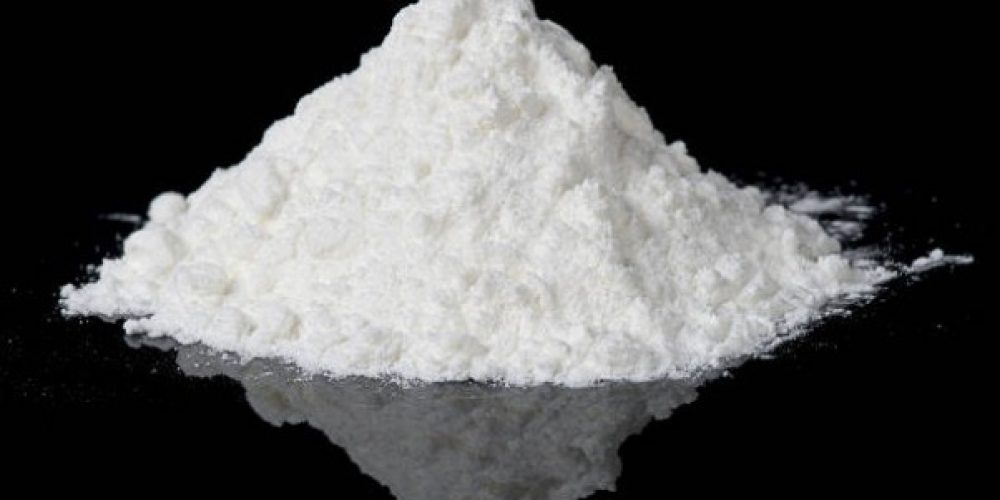
The most significant product used in plastics is a white finely crushed product that can produce a flake structure. Due to its special flake structure, talcum powder is an effective reinforcing material in plastics. It can give plastics higher rigidity and creep resistance regardless of room temperature or high temperature. Moreover, the fine talcum powder with a white flake structure also has a good solid luster.
The influence of talcum powder on plastic properties The addition of talcum powder can change various properties of plastics, such as molding shrinkage, surface hardness, flexural modulus, tensile strength, impact strength, heat deformation temperature, molding process and product dimensional stability.
Application in polypropylene resin (PP)
Talc is often used to fill polypropylene. Talc has a flake structure characteristic of thin flake configuration, so talc with finer particle size can be used as a reinforcing filler for polypropylene.
Adding a small amount of talc to polypropylene can also act as a nucleating agent, improve the crystallinity of polypropylene, thereby improving the mechanical properties of polypropylene. In addition, due to the improvement of crystallinity and the refinement of grains, the transparency of polypropylene can also be improved.
Application in polyethylene resin (PE)
Talc is a natural magnesium silicate. Its unique micro-scale structure has certain water resistance and high chemical inertness, so it has good chemical corrosion resistance and sliding properties.
Adding different proportions of talcum powder will have different effects on the physical properties of polyethylene materials, and the addition ratio is 10%-15% to achieve the best.
For polyethylene blown film, filling ultrafine talcum powder masterbatch is better than other fillers, easy to form and good processability. Moreover, this kind of film can reduce the oxygen permeability by 80%, which is particularly suitable for packaging oil-containing foods such as peanuts and broad beans, so that they will not produce oil or deteriorate for a long time. This kind of film can reduce the water vapor permeability by 70%, and has good moisture resistance, making it very suitable for underground geotextile moisture-proof cloth and also for packaging food.
Application in ABS resin
ABS resin is an amorphous polymer with excellent molding processability like polystyrene; it has good impact strength, good low temperature resistance, high tensile strength and good creep resistance.
In order to improve the existing performance of ABS, people have carried out extensive research on ABS modification. For example, automobile instrument panel blister sheets made by blending ABS and PVC, and imitation leather luggage cover leather made by blending ABS and PVC, not only have high strength and toughness, but also can maintain the durability of surface patterns.
This blended material is filled with ultrafine calcium carbonate or ultrafine talcum powder, which can significantly improve the notched impact strength and tear resistance of the blended material. For example, adding 5%-15% ultrafine talcum powder or calcium carbonate can increase the notched impact strength by 2-4 times.
Application in polystyrene resin (PS)
Unmodified general-purpose polystyrene is an amorphous polymer. It is hard and brittle, but it has good electrical properties, aging resistance and high dimensional stability. The disadvantage is high brittleness and sensitivity to environmental stress cracking.
Adding ultrafine talcum powder can improve impact toughness, adjust rheology, significantly improve flexural modulus, and also improve tensile yield strength.
Application in nylon resin (PA)
For nylon (polyamide), the industry pays special attention to the toughness and wear resistance of this plastic. Nylon is generally hard, similar to keratin, has good wear resistance and high dimensional stability. These properties can be further improved by fillers or reinforcing agents.
Application in polyvinyl chloride resin (PVC)
Filling polyvinyl chloride with ordinary powder is already very common. For example, in the manufacture of rigid polyvinyl chloride pipes, the amount of calcium carbonate filled can reach 40%, but the tensile strength and impact strength of polyvinyl chloride will be reduced. If talcum powder with an average particle size of 5 microns, i.e. 2000 mesh, is added to a volume fraction of 40%-45%, it can be found that the yield strength of the material is even higher than the original fracture strength, which has a significant strengthening effect on the polyvinyl chloride system.
Aluminum Nitride - the most fashionable substrate material
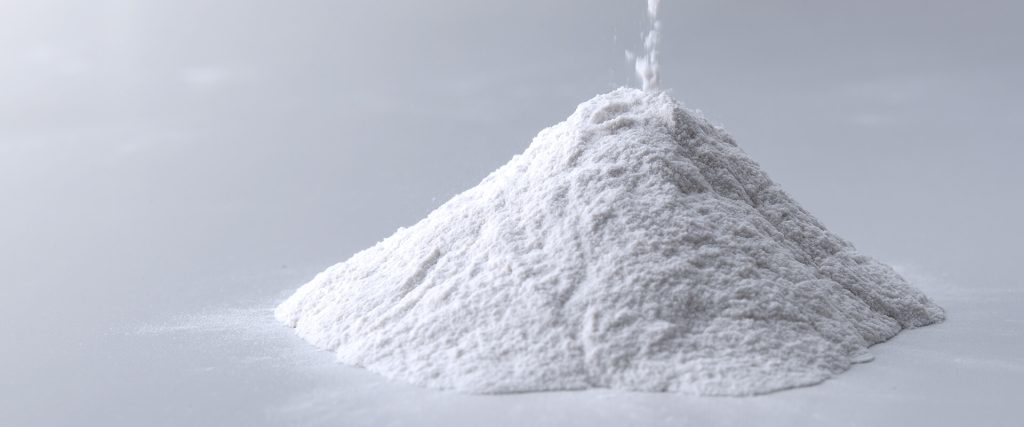
Since the beginning of the 21st century, with the rapid development of electronic technology, the integration level and assembly density of electronic components have been continuously improved, and heat dissipation has become the key to affecting device performance and reliability.
The packaging substrate is used to export heat from the chip (heat source) to achieve heat exchange with the external environment to achieve the purpose of heat dissipation. Among them, ceramic materials have become a common material for power device packaging substrates due to their high thermal conductivity, good heat resistance, high insulation, high strength, and thermal matching with chip materials.
At present, the demand for aluminum nitride substrates in power semiconductor devices, hybrid integrated power circuits, antennas in the communication industry, solid relays, power LEDs, multi-chip packaging (MCM) and other fields is growing. Its terminal market is for automotive electronics, LEDs, rail transit, communication base stations, aerospace and military defense.
1. Antenna
Antenna can convert guided waves propagating on the transmission line into electromagnetic waves propagating in free space, or convert electromagnetic waves into guided waves. Its essence is a converter. Antennas have a wide range of uses and need to work normally in any environment. Therefore, their components need to be of high and extremely reliable quality. Ordinary circuit boards cannot meet this basic requirement of antennas. At present, the ceramic-based circuit board is the closest to the requirements of antennas in all aspects. Among them, AlN ceramic-based circuit boards have the best performance, which is mainly reflected in:
(1) Small dielectric constant, which reduces high-frequency losses and enables complete signal transmission.
(2) Metal film layer with low resistance and good adhesion. The metal layer has good conductivity and generates less heat when current passes through.
(3) Ceramic-based circuit boards have good insulation. Antennas generate high voltage during use, and ceramic substrates have a high breakdown voltage.
(4) High-density packaging is possible.
2. Multi-chip module (MCM)
Multi-chip module is a high-performance, high-reliability and miniaturized advanced microelectronic component that can meet the strict requirements of aerospace, military electronic equipment, etc. With the increase in component power and the increase in packaging density, good heat dissipation is the key technology to be considered. MCM-C type packaging substrate materials usually adopt a multilayer ceramic structure.
3. High-temperature semiconductor packaging
SiC, GaN and diamond-based wide bandgap semiconductor material devices can work at high temperatures, especially SiC has the most mature application technology; SiC can work stably at a high temperature of 600°C with its excellent physical and chemical properties, and plays an extremely important role in high-temperature electronic systems in the aerospace field.
4. Power semiconductor module
The power semiconductor module is a combination of power electronic components packaged into one according to a certain pattern and functional combination. The power semiconductor module can select appropriate components for packaging according to the required functions. The common ones are insulated gate bipolar transistors, power metal oxide semiconductor field effect transistors and power integrated circuits. Power semiconductor modules have very high heat dissipation requirements. Ceramic circuit boards are one of their main core components and the first contact point of heat.
5. Power LED packaging
LED is a semiconductor chip that converts electricity into light. Scientific research shows that only 20%-30% of electrical energy is effectively converted into light energy, and the rest is lost as heat. If there is no appropriate way to quickly dissipate the heat, the operating temperature of the lamp will rise sharply, resulting in a significant shortening of the life of the LED.
With the continuous upgrading of electronic information industry technology, the miniaturization and functional integration of PCB substrates have become a trend. The market's requirements for heat dissipation and high temperature resistance of heat dissipation substrates and packaging materials are constantly increasing. It is difficult for ordinary substrate materials with relatively high performance to meet market demand. The development of the aluminum nitride ceramic substrate industry has ushered in opportunities. Therefore, aluminum nitride has become the most popular packaging substrate material at present.
Organic pigments, inorganic pigments and dyes
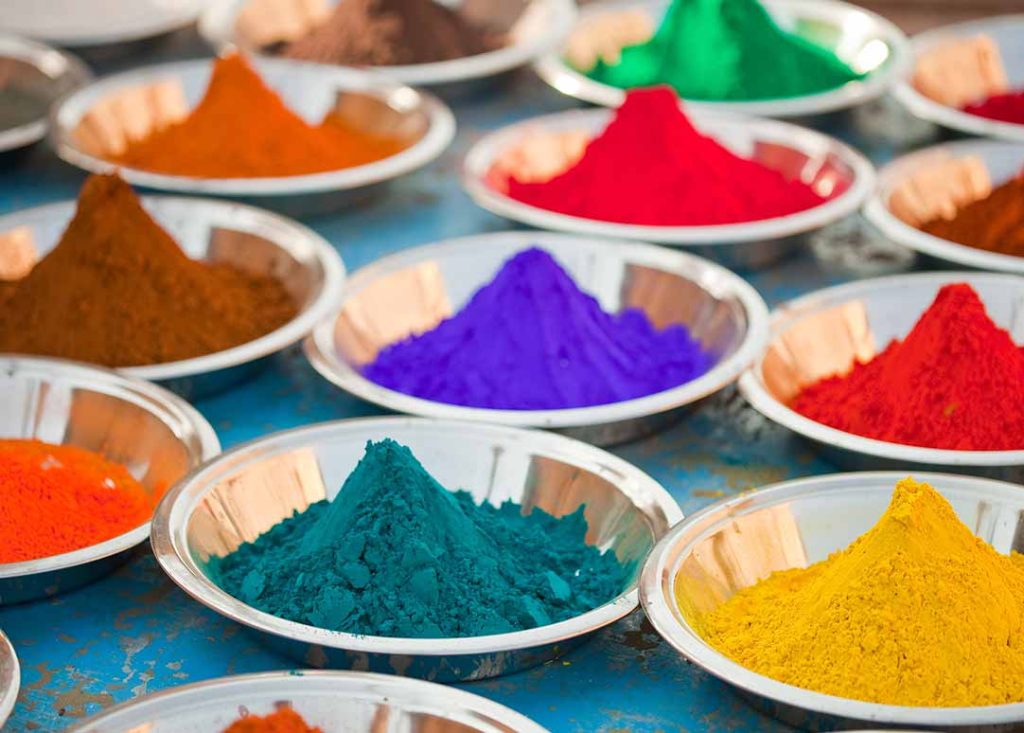
The color of a substance depends on a colorant. Any substance that can make a substance show the color required by the design is called a colorant. They are widely used in the textile, pharmaceutical, food, cosmetic, plastic, paint, ink, photography and papermaking industries. Industrial and civil colorants are mainly divided into two categories: dyes and pigments. The traditional use of dyes is to dye textiles, and the traditional use of pigments is to color non-textiles (such as inks, paints, coatings, plastics, rubber, etc.).
Textile dyeing refers to the process of giving textiles a color with a certain fastness, by physically or chemically combining dyes with fibers, or by chemically generating colors on fibers, so that the entire textile becomes a colored object. Textile dyeing chemicals mainly include colorants and auxiliaries. Colorants can be divided into two categories according to the dyeing mechanism: dyes (mostly organic) and pigments (including organic and inorganic pigments).
Dyes are a general term for organic compounds that have a certain affinity for the dyed fibers, are soluble in water or can be converted to be soluble in water under certain conditions, and can be physically or chemically combined with fibers or substrates directly or through certain media to achieve dyeing. Dyes are the main colorants in the textile industry.
Pigments are colored substances that have no affinity for the dyed fibers, are generally insoluble in water, and must be attached to the fibers through adhesives to be colored. Before dyeing, pigments, additives, adhesives, solvents, etc. need to be prepared to obtain a colored dispersion system with a certain viscosity, commonly known as paint. Therefore, pigment dyeing is also called paint dyeing.
Disperse dyes
With the continuous expansion of application fields and the continuous advancement of printing and dyeing technology, the formulations of commercial dyes have also diversified, such as liquid, powder, granular, and disperse dye inks suitable for digital printing. There are two main methods for disperse dye digital printing: ① Digital direct printing: disperse dye ink is directly sprayed onto polyester fabrics, but like reactive dye inkjet printing, it requires necessary pretreatment and high-temperature steaming or baking after printing to develop color; ② Digital thermal transfer printing: first print the disperse dye ink onto transfer printing paper, and then perform sublimation transfer printing.
Acid dyes
Acid dyes are water-soluble dyes that contain acidic groups in their molecular structure, usually sulfonic acid groups. Some acid dyes contain carboxylic acid groups and exist in the form of sodium sulfonate or sodium carboxylate salts. They are easily soluble in water and ionize into dye anions in aqueous solution. Acid dyes can be combined with protein fibers and polyamide fibers by ionic bonds, hydrogen bonds and van der Waals forces, so they are mainly used for coloring and printing wool, silk and nylon.
Reactive dyes
Reactive dyes, also known as reactive dyes, are covalently bonded to cellulose fibers or protein fibers through chemical reactions. They can be used to color cellulose fibers such as cotton, linen, and viscose fibers (made from natural cellulose such as wood, reeds, and cotton linter through chemical processing). They can also be used to color silk, wool, and soybean fibers.
pigment
Pigment coloring and printing have a wide range of adaptability to fabrics, such as protein fiber, cellulose fiber, polyester, nylon, vinylon, acrylic fiber, glass fiber, viscose fiber, polyester-cotton blend, polyester-wool blend, etc. However, pigment-printed fabrics usually have poor hand feel and relatively low wet rubbing fastness and dry cleaning fastness.
Ultrafine powder preparation and classification technology
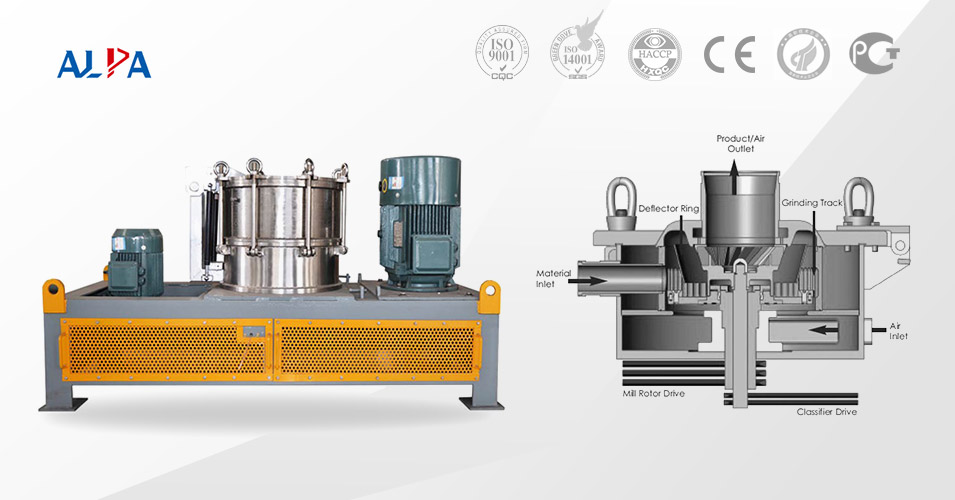
There are many methods for preparing ultrafine powders, which are usually divided into chemical synthesis and physical crushing methods based on the principle of their preparation. The chemical synthesis method is to obtain powders through chemical reactions, from ions, atoms, etc. through nucleus formation and growth. The ultrafine powders prepared by the chemical method have the advantages of small particle size, narrow particle size distribution, good particle shape and high purity, but the disadvantages are low output, high cost and complex process; the physical crushing method is to crush the material by mechanical force.
The advantages of mechanical crushing are large output, low cost and simple process, which is suitable for large-scale industrial production. Moreover, the mechanochemical effect is produced during the crushing process, which can increase the activity of the powder. Among them, the roller press is used in combination with the ball mill, which can be applied to large-scale industrial production, and the product particle grading is good and the activity is high. The air flow mill is also widely used in some special fields due to its better product performance.
The classification of ultrafine powders is based on the different movement trajectories of particles of different particle sizes in the medium under the action of centrifugal force, gravity, inertial force, etc., so as to achieve the separation of particles of different particle sizes and enter their respective collection devices.
When using pulverizing equipment for ultrafine pulverization, the forces acting on different particles are not uniform, and often only part of the powder meets the particle size requirements. If the products that have met the requirements cannot be separated out in time, the materials will be over-crushed, and this part of the powder will also agglomerate due to the small particle size, thereby reducing the pulverization efficiency. Therefore, timely use of ultrafine classifiers to effectively classify the crushed products can avoid over-crushing of materials, improve pulverization efficiency and reduce energy consumption. Ultrafine grading is generally divided into dry and wet types according to the different media used. Wet grading uses liquid as the dispersion medium, with high grading accuracy and good uniformity. However, wet grading has a series of subsequent operation problems such as drying and wastewater treatment, which limits its development. Dry classification is to classify powders by gravity field, inertial force field or centrifugal force field, mostly pneumatic classification. With the extensive application of high-speed mechanical impact and air flow pulverizers, dry classification has also been vigorously developed.
With the continuous expansion of the application field of ultrafine powders, the performance requirements of ultrafine powders in various fields are getting higher and higher, and the traditional preparation methods can no longer meet the current technical requirements. This is mainly reflected in:
1) The traditional single ultrafine powder equipment has low production capacity, high energy consumption, low resource utilization, and easy to cause pollution.
2) The uniformity and dispersibility of the prepared ultrafine powders are poor, and the agglomeration problem is serious, which reduces the product performance.
3) The equipment technology is backward, the research progress of the crushing machinery theory is slow, and there is a lack of new equipment for independent innovation.
4) The scale of the enterprise is small, the systematization and automation level of the production line is low, and the industry lacks stamina.
To this end, our company has made a lot of improvements and innovations in the existing ultrafine powder preparation technology, and has also achieved some research results.
The use of carbon black after grinding and equipment selection
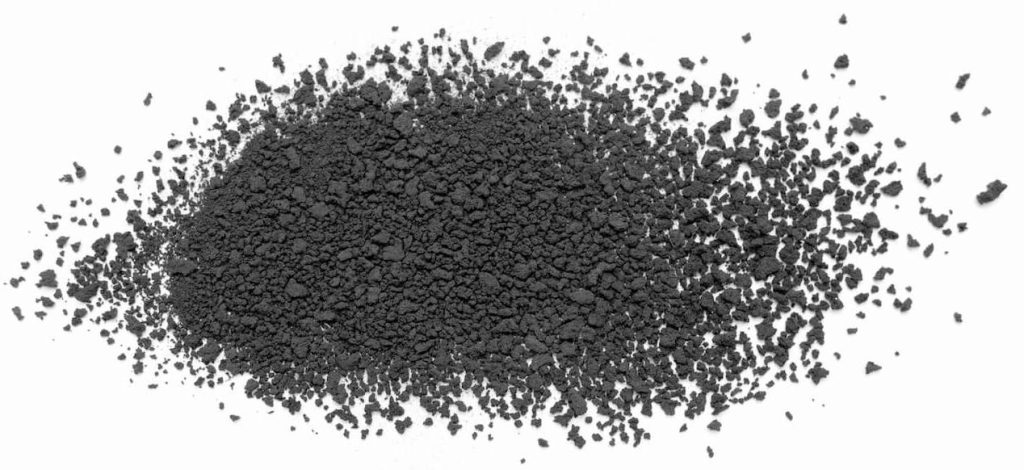
In recent years, the new materials industry has developed rapidly, and carbon black, as a carbon-based new material, has also received widespread attention from the market.
The main component of carbon black is carbon, which has excellent rubber reinforcement, coloring, conductivity and ultraviolet absorption functions, and is used in a variety of industrial fields.
In addition to 40% tire oil, the product of waste tire refining also contains 30% carbon black. The crude carbon black (50-60 mesh) is ground and processed to 325 mesh.
Uses of carbon black grinding
Processed carbon black can be used as a rubber reinforcing agent for the manufacture of automobile tires. It can also be used as a pigment, such as ink, coating, conductive agent for dry batteries, catalyst carrier, and superhard alloy material. About 70% of the world's carbon black is used in tire manufacturing, 20% is used for other rubbers, and the remaining less than 10% is used in industries such as plastic additives, dyes, and printing inks.
Carbon black grinding process
The production process of carbon black is to send the previously processed carbon black to a carbon black grinding machine for grinding and collecting the powder. Depending on the fineness of the finished product, grinding machines with different finished product fineness can be selected.
The first stage: the large pieces of carbon black are transported to the raw material warehouse by a special vehicle, and then the materials are sent to the jaw crusher by a forklift/manually for crushing, and the crushing is smaller than the feed size of the mill.
The second stage: the carbon black crushed by the crusher is lifted by the elevator to the storage hopper, and the material discharged from the storage hopper is evenly fed to the main machine by the feeder.
The third stage: the qualified products in the grinding process are screened by the screening system and enter the collector through the pipeline. After collection, they are discharged through the discharge valve as finished products, and the unqualified products fall into the main machine for re-grinding.
The fourth stage: the airflow after the purification of the finished product flows into the blower through the residual air duct above the dust collector. The air path is circulated. Except for the positive pressure from the blower to the grinding chamber, the airflow in the other pipelines flows under negative pressure, and the indoor sanitary conditions are good.
ALPA Grinding equipment
1. High degree of automation, reducing labor costs.
2. The product particle size is uniform, there is less over-powdering, and the grinding efficiency is high.
3. The equipment is easy to maintain, energy-saving and environmentally friendly, and has high production efficiency.
4. It occupies a small area, has low equipment construction investment, and has high space utilization.
Diamond related applications in the semiconductor industry chain
![]()
As we all know, semiconductors are the core strategic technology of many electronic devices and systems. Innovations in semiconductor design and manufacturing are driving new disruptive technologies: 5G, Internet of Things, artificial intelligence, electric vehicles, advanced defense and security capabilities.
In the semiconductor industry chain, the processing link occupies a vital position and is an extremely important link.
Semiconductor processing
Semiconductor processing is the process from crystal rod to single chip. From the process classification, the front-end processing technology of semiconductor materials mainly includes crystal rod cutting, crystal rod rounding, crystal rod slicing, wafer grinding, wafer chamfering and edge grinding, and wafer thinning and polishing; the subsequent packaging process includes circuit production, polishing, back thinning and dicing, all of which are inseparable from the extensive use of diamond tools.
At present, the third-generation semiconductor materials represented by silicon carbide and gallium nitride have the advantages of high breakdown electric field, high thermal conductivity, high electron saturation rate, and strong radiation resistance, and are more suitable for high voltage and high frequency scenarios. At the same time, silicon carbide and gallium nitride are hard and difficult to process, while diamond materials and related products have become an indispensable part of the third-generation semiconductor processing process due to their superhard properties.
With the popularization of technologies such as 5G and the Internet of Things, the consumer electronics industry has an increasing demand for precision machining. Diamond tools and diamond powder products provide high-quality precision surface treatment solutions for metals, ceramics and brittle materials, promoting technological progress and industrial upgrading in the industry.
Other applications in semiconductor field
Diamond Chip Diamond is not only the hardest material in nature, but also has amazing thermal conductivity and high electron mobility. In high-frequency device applications, diamond chips can effectively overcome the "self-heating effect" to ensure that the equipment can still operate stably in high-temperature environments.
Diamond Heat Sink Diamond has become an ideal choice for heat dissipation of high-power devices due to its excellent thermal conductivity (up to 2000W/m·k, 5 times that of copper and silver) and excellent insulation properties. In high-power semiconductor lasers, the application of diamond heat sinks can significantly improve heat dissipation efficiency and reduce thermal resistance, thereby increasing the output power of the laser and extending its service life.
Electronic Packaging By compounding diamond particles with high thermal conductivity metal matrices such as Ag, Cu, and Al, the diamond/metal matrix composite material prepared has initially demonstrated its great potential in the field of electronic packaging. Especially at the moment when computing power demand is surging, diamond packaging substrates provide innovative solutions for the heat dissipation problem of high-performance chips, helping the rapid development of industries such as AI and data centers.
Optical Window Diamond optical window is an optical device used under extreme conditions and is often used in high-end military equipment such as missile seekers. Diamond, with its smallest thermal expansion coefficient and highest thermal conductivity, is one of the best materials for making such windows. Diamond optical window can effectively reduce temperature, ensure the stable operation of infrared detectors, and improve the guidance accuracy and reliability of missiles.
Quantum Technology In the field of quantum technology, the NV color center of diamond, as a natural quantum bit candidate, provides the possibility of realizing solid-state quantum computing and quantum information processing.
BDD electrode Boron-doped diamond (BDD) electrode has unique advantages in electrochemical advanced oxidation processes with its extremely wide electrochemical window, extremely high oxygen evolution potential, extremely low adsorption characteristics and excellent corrosion resistance.
Although the direct application of diamond as a chip material is still far away, it has shown great potential and value in many links of the semiconductor industry chain. From semiconductor processing to diamond heat sinks and packaging, to quantum technology and BDD electrode applications, diamond is gradually penetrating into various key areas of the semiconductor industry, promoting technological innovation and industrial upgrading.
Fine processing of titanium dioxide
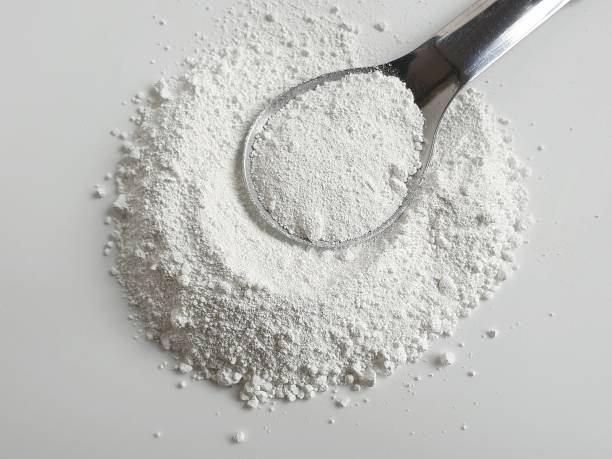
Titanium dioxide (TiO2), as one of the whitest substances in the world, occupies an irreplaceable position in the industrial field with its excellent hiding power, brightness and stability. It not only plays a key role in industries such as coatings, plastics, paper and cosmetics, but also shows great potential in the fields of environmental protection and new energy. This article will explore the composition and application of titanium dioxide in depth, and focus on the grinding process that is indispensable in its production process, especially the application of Raymond mill.
1. Composition of titanium dioxide
The main component of titanium dioxide is titanium dioxide (TiO2), which is an inorganic compound with high refractive index and high light scattering ability. There are two main crystal structures of titanium dioxide: anatase and rutile. Anatase titanium dioxide has high photoactivity, while rutile is known for its higher stability and weather resistance.
2. Application of titanium dioxide
Coating industry
Titanium dioxide is an indispensable white pigment in the coating industry. It can provide excellent hiding power and brightness, while also enhancing the durability and weather resistance of the coating.
Plastic industry
In plastics, titanium dioxide is used as a white pigment and UV stabilizer. It can improve the whiteness and hiding power of plastic products, while also preventing degradation caused by ultraviolet rays.
Papermaking industry
Titanium dioxide is used in the papermaking industry to improve the whiteness and opacity of paper. It can make paper brighter and improve the printing performance of paper.
Cosmetics industry
In cosmetics, titanium dioxide is used as a white pigment and UV shielding agent. It can provide a natural skin tone while protecting the skin from UV damage.
3. Titanium dioxide grinding process
The production process of titanium dioxide includes ore extraction, chlorination or sulfuric acid treatment, calcination, and grinding and grading of the final product. Among them, grinding and grading are the key steps to determine the quality of titanium dioxide. The grinding process directly affects the particle size and distribution of titanium dioxide, which in turn affects its application performance. Titanium dioxide with uniform particle size and narrow distribution can provide better hiding power and brightness. In the current market, Raymond mill is generally used for processing.
Advantages of Raymond mill processing
Raymond mill is a highly efficient grinding equipment, which is widely used in the grinding and grading of titanium dioxide. Raymond mill grinds the coarse product into fine powder through the extrusion and grinding action of the grinding roller and grinding ring, and accurately grades it through the classifier.
High efficiency and energy saving
The Raymond mill adopts an efficient grinding principle and can grind materials into fine powder in a short time. Compared with traditional ball mills, the Raymond mill has lower energy consumption and higher grinding efficiency.
Uniform particle size
The Raymond mill is equipped with a classifier, which can classify materials according to particle size, and the product particle size is uniform. This is especially important for the production of titanium dioxide, because titanium dioxide with uniform particle size can provide better performance during application.
Easy operation
The Raymond mill has a reasonable structural design, easy operation and convenient maintenance. Its high degree of automation can reduce manual operation and improve production efficiency.
Calcium oxide: an innovative pioneer in environmental protection
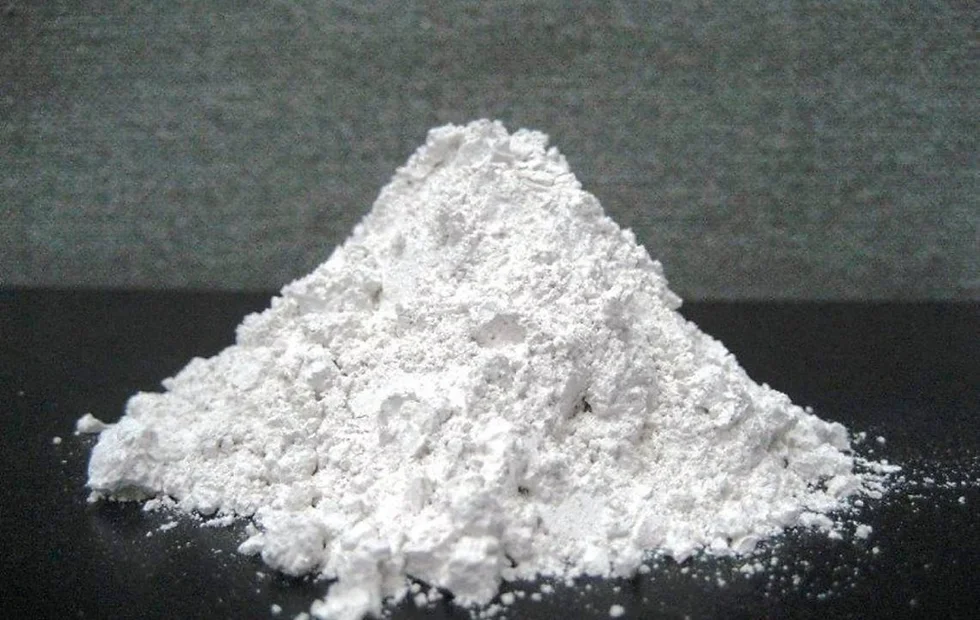
Calcium oxide, commonly known as quicklime, is a white or grayish white solid with strong water absorption. It can react with water to form calcium hydroxide and release a lot of heat.
This basic chemical reaction characteristic is the basis for its great success in the field of environmental protection.
In the field of water treatment, calcium oxide has demonstrated extraordinary capabilities.
By adjusting the pH value of water bodies, it can effectively neutralize acidic wastewater and reduce the damage of water acidification to aquatic ecosystems.
At the same time, calcium oxide can also react with pollutants such as heavy metal ions and phosphates in water bodies to form water-insoluble precipitates, thereby removing these harmful substances and improving water quality.
This characteristic makes calcium oxide an important raw material for sewage treatment and drinking water purification, providing an economical and effective solution for protecting water resources.
Calcium oxide also plays an irreplaceable role in solid waste treatment.
It can react with acidic substances in hazardous waste to reduce its toxicity, and in some cases, through high-temperature calcination, it can even convert waste into valuable building materials or adsorbents to achieve resource recycling.
This not only reduces environmental pollution caused by landfill and incineration, but also promotes the sustainable use of resources.
In the face of the challenge of global warming, calcium oxide also shows potential in carbon capture and storage (CCS) technology.
By reacting with carbon dioxide to form calcium carbonate, calcium oxide can be used as an efficient carbon dioxide absorber.
Although this technology is still in the research and development stage, its low cost and high efficiency provide new ideas for mitigating greenhouse gas emissions.
In agriculture, calcium oxide, as a soil conditioner, can regulate soil pH, increase soil fertility, and promote crop growth.
It can also effectively kill harmful bacteria and parasites in the soil, reduce the use of pesticides, and promote agriculture to develop in a more environmentally friendly and sustainable direction.
With the advancement of science and technology and the enhancement of environmental awareness, the application of calcium oxide in the field of environmental protection will become more extensive and in-depth.
From water purification to solid waste treatment, from carbon capture technology to agricultural improvement, calcium oxide is becoming a bridge connecting nature and technology, the past and the future with its unique properties. We have reason to believe that in the near future, calcium oxide will shine in more fields and become an important force in promoting global environmental protection.
In this era full of challenges and opportunities, let us pay attention to and support innovative materials and technologies like calcium oxide, which are inconspicuous but can play a huge role in the field of environmental protection, and work together to create a greener and healthier home on Earth.
Dolomite Grinding Technology and Equipment
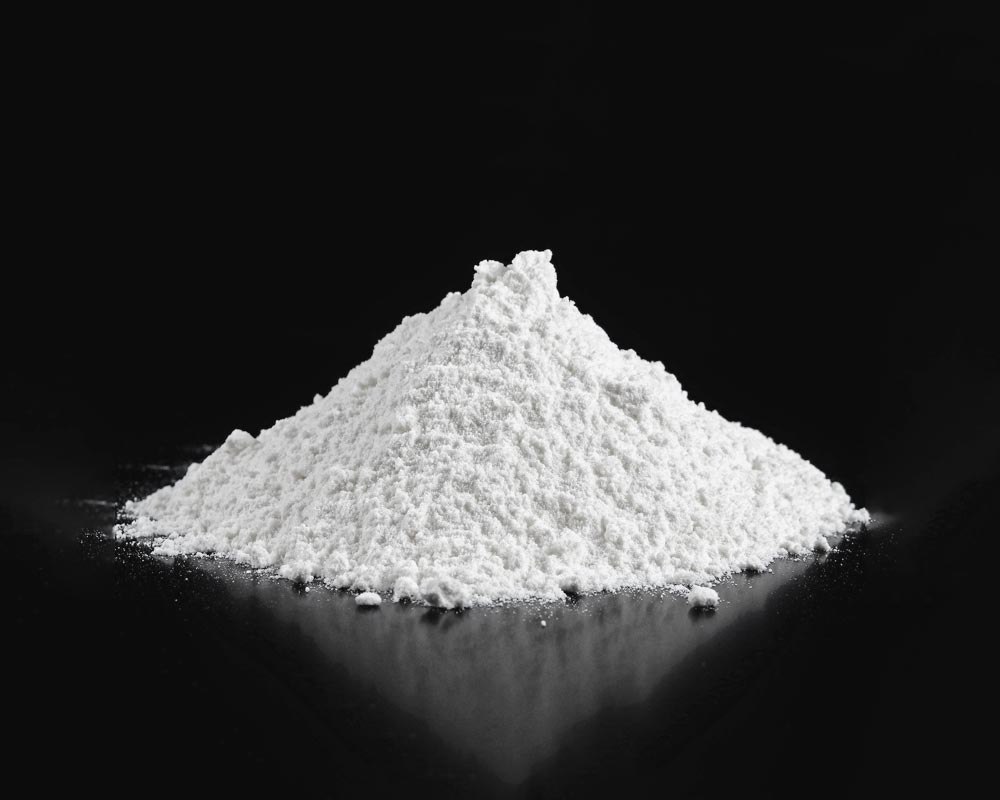
1. In the field of building materials, ground dolomite can be used as a high-quality filler for the production of artificial marble, ceramics, etc. Its powder can improve the physical properties of the material, such as increasing hardness and wear resistance.
2. In the metallurgical industry, dolomite powder can be used as a flux. It helps to lower the melting point of the ore, promote the smelting process of the metal, and improve the smelting efficiency.
3. In agriculture, processed dolomite powder can be used as a soil conditioner. It can adjust the pH of the soil and provide nutrients such as calcium and magnesium for plant growth. It is especially suitable for acidic soil and is conducive to improving soil fertility.
Dolomite grinding process
1. Crushing and screening: crush the dolomite ore to make its particle size meet the requirements of the grinding equipment. Then the crushed material is graded by screening equipment to remove oversized or undersized particles.
2. Grinding: send the graded dolomite particles into the grinding mill for grinding. Commonly used grinding equipment includes vertical mill, European mill, superfine mill, etc.
3. Grading and separation: the ground powder is graded and separated again by grading equipment to ensure that powders of different particle sizes can be accurately separated.
4. Packaging and transportation: the final dolomite powder is packaged according to the purpose for transportation and application.
In actual production, the specific process flow may vary due to factors such as equipment selection, production scale, and product requirements.
In terms of industrial applications, dolomite and its series of products have broad application prospects. Common dolomite products on the market include dolomite ore of different particle sizes, dolomite sand (6-10 mesh, 10-20 mesh, 20-40 mesh, 40-80 mesh, 80-120 mesh) and dolomite powder (10 mesh through, dolomite ultrafine powder 140 mesh, 325 mesh, 600 mesh, 1000 mesh, 1600 mesh), etc.
The equipment of dolomite ultrafine stone grinding machine includes crusher, bucket elevator, storage bin, vibrating feeder, micro powder grinding host, frequency conversion classifier, double cyclone powder collector, pulse dust removal system, high pressure fan, air compressor, electrical control system, etc.

